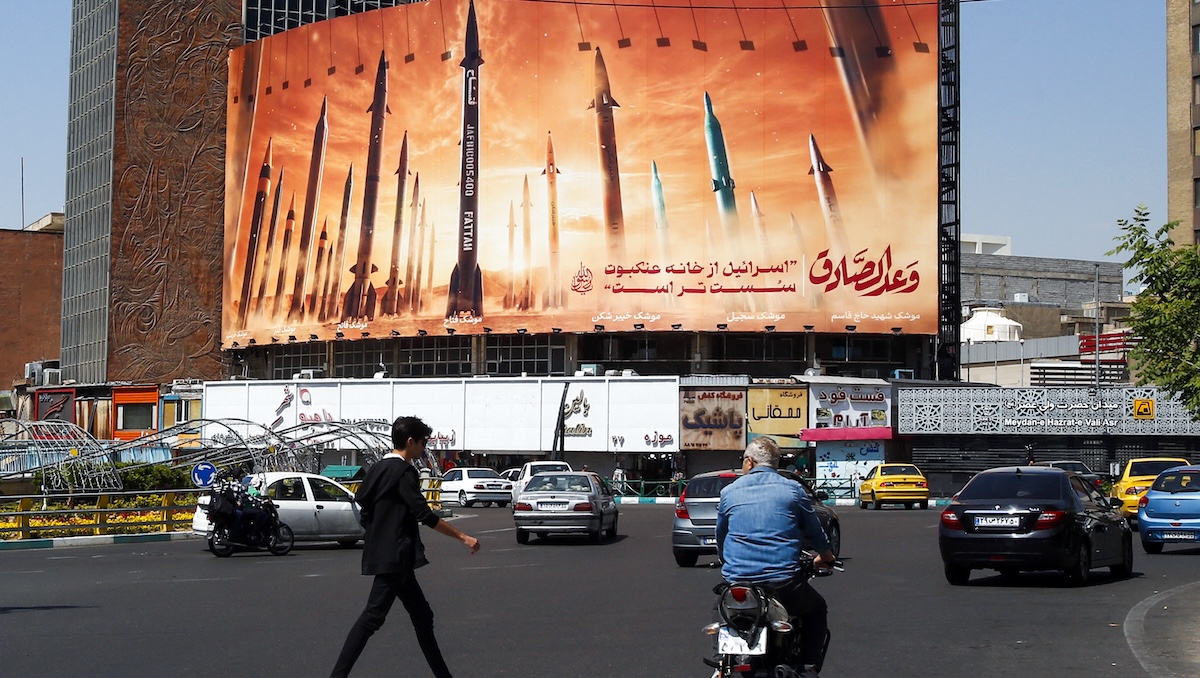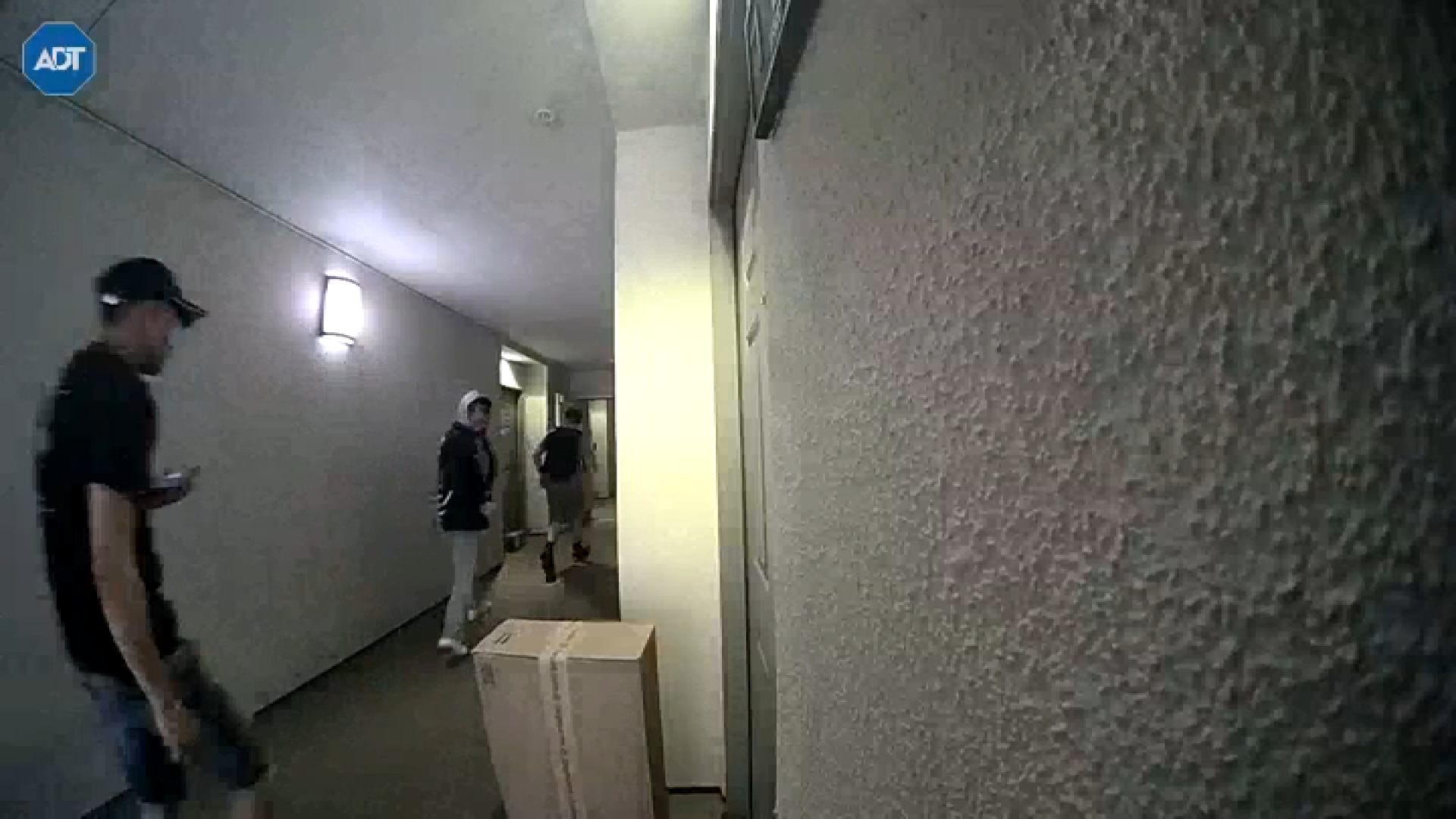The Holcomb Fire in Big Bear quickly scorched 1,200 acres Tuesday, forcing roads, hiking trails and campgrounds to close, but water dropping helicopters and other air units helped slow its spread.
The fire broke out around 3 p.m. Monday with firefighters battling the blaze on the ground and in the air near Holcomb Valley Road and North Shore Drive. Water-dropping aircraft attacked the fire overnight, upping containment to 10 percent.
Mandatory evacuations were ordered Tuesday afternoon for 1st, 2nd and 3rd Streets at Highway 18 in Baldwin Lake only, but those orders were lifted by 5:30 p.m.
A section of the Pacific Crest Trail, two campgrounds and State Route 18, has been shut down.
A power outage was also reported throughout Big Bear Valley shortly after 3 p.m. Tuesday. There was no estimated time for restoration.
The fire ignited during a pre-summer scorcher when temperatures were nearing or hitting triple digits. Temperatures in the high 80s were in the forecast for Tuesday in the mountains east of Los Angeles.
As of Wednesday evening, the fire was 10 percent contained. The cause of the fire was under investigation.
News
Top news of the day
CAL FIRE reported more than 1,870 fires in California from Jan. 1 through Sunday. Those fires scorched more than 19,300 acres. During that same period last year, Cal Fire reported 1,548 fires that burned 8,684 acres -- more than doubling 2017's acreage figure.
A report released June 1 provided a wildfire outlook for the hot, dry summer months in California. The National Interagency Fire Center report wildfire risk will be high in inland Southern California in July and in parts of Northern California during August and September. The state is coming off one of its wettest winters in years, which left hillsides covered in grass and other vegetation.
That grass will dry out this summer and turn into tinder, providing fuel for rapidly spreading fires often pushed by strong winds. The report noted what could be a delayed start to the wildfire season in some locations.
An increase in the number of dead and dying trees also can exacerbate the wildfire threat, CAL FIRE officials said. An estimated 102 million trees have died in California due to the state's five-year dry spell and bark beetle infestation.
The agency has been urging residents to take prevention steps now, such as maintaining 100 feet of defensible space around homes and other structures. Defensible space provides a natural buffer between buildings and grass, trees, bushes, shrubs and other vegetation that can burn.



